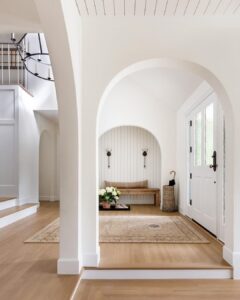
In the realm of modern architecture and interior design, the boundaries between indoor and outdoor spaces are becoming increasingly blurred. The concept of transitional spaces, which seamlessly connect the interior and exterior environments, has taken center stage.
This article delves into the significance of creating these fluid transitions, highlighting their growing importance in contemporary design. By merging the best of both worlds, transitional spaces not only elevate aesthetics but also enhance well-being and offer a unique sense of interconnected living.
1. The Nature-Infused Trend
In the realm of interior design, a transformative trend is emerging that celebrates the seamless integration of nature into living spaces. This trend not only enhances the aesthetics of interiors but also aligns with our innate human desire to reconnect with the outdoors.
1.1. Embracing Biophilic Design
Biophilic design, rooted in our connection to the natural world, is at the heart of the nature-infused trend. From indoor plants to natural materials and colors, biophilic elements evoke a sense of calm and tranquility, promoting a more balanced and harmonious interior.
1.2. Creating Outdoor Ambiances Indoors
Explore how interior spaces are being transformed to mirror the ambiance of outdoor environments. Natural light streaming in through large windows, textures reminiscent of nature, and sounds of water features contribute to creating indoor spaces that evoke a sense of being outdoors.
1.3. The Well-Being Factor
Discuss the positive impact of nature-infused interiors on well-being. Research suggests that exposure to natural elements indoors can reduce stress, enhance cognitive function, and improve overall mental and physical health. This trend aligns with our instinctual need to connect with nature for restoration and renewal.
1.4. A Connection to Seasonal Changes
Nature-infused interiors also offer a unique opportunity to stay connected to the changing seasons. From the warm hues of autumn to the fresh greens of spring, incorporating seasonal elements into interior design fosters a dynamic and evolving living space.
1.5. Sustainable Interior Choices
Highlight the synergy between the nature-infused trend and sustainable design practices. By integrating natural materials, reclaimed wood, and energy-efficient solutions, this trend promotes an eco-friendly approach to interior design that aligns with our responsibility to protect the environment.
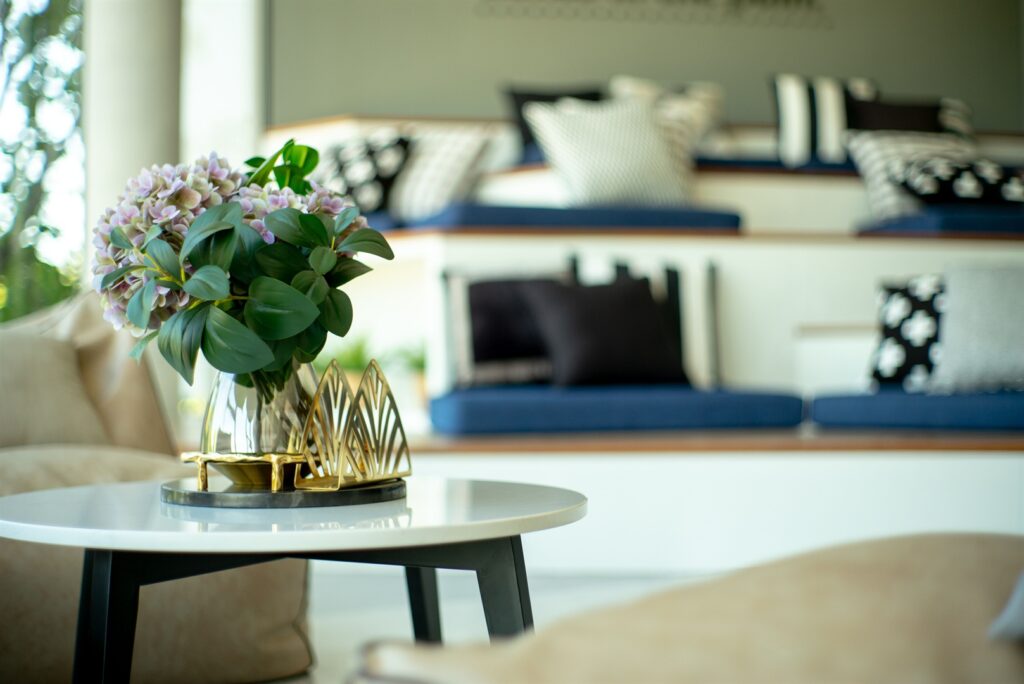
2. Blurring Boundaries: Architecture Matters
The transition from indoor to outdoor living is a harmonious dance that requires thoughtful architectural design. As the desire to merge the realms of indoors and outdoors gains momentum, the role of architectural elements becomes paramount.
2.1. Architectural Harmony
Understand the concept of architectural harmony, where the design of both indoor and outdoor spaces complement each other. This synergy creates a flow that allows residents to move effortlessly between the two realms.
2.2. Large Windows: Framing Nature
Discuss the impact of large windows in creating a visual connection between indoor and outdoor spaces. These windows serve as frames that capture the beauty of nature and invite it into the interior, making it an integral part of the design.
2.3. Sliding Doors: Uniting Spaces
Explore the significance of sliding doors in unifying indoor and outdoor spaces. These doors eliminate the physical barrier while maintaining a sense of separation when desired, providing residents with the flexibility to control the connection between the two areas.
2.4. Open Layouts: Continuous Flow
Explain the concept of open layouts, where the boundaries between rooms are minimized to facilitate a continuous flow. This design approach enhances the connection between indoor spaces and encourages the extension of activities into outdoor areas.
2.5. Terraces and Patios: Outdoor Extensions
Discuss the architectural creation of terraces and patios that serve as seamless extensions of indoor living areas. These outdoor spaces are strategically designed to function as an integral part of the overall living experience.
2.6. Harmonizing Materials and Colors
Explore the use of consistent materials and color palettes that bridge the gap between indoor and outdoor spaces. This creates a sense of cohesion and harmony, making the transition between the two realms even more fluid.
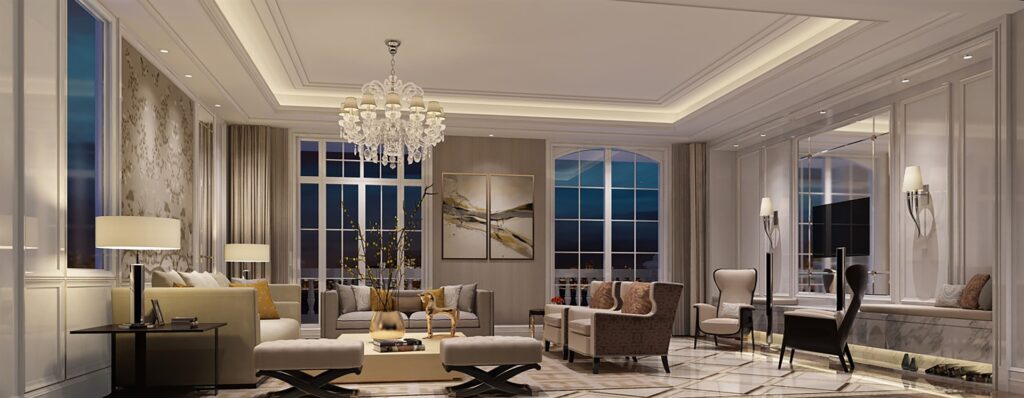
3. The Functional Harmony
Transitional spaces, also known as indoor-outdoor spaces, have gained remarkable popularity in modern interior design. These spaces not only bridge the gap between the comfort of indoor living and the allure of the outdoors but also serve as versatile hubs for various activities.
3.1. The Versatile Nature of Transitional Spaces
Transitional spaces are a testament to the evolving lifestyle needs of today. They offer an inviting escape for homeowners seeking a flexible environment that accommodates different activities. From unwinding with a book to hosting social gatherings, these spaces smoothly transition between roles.
3.2. The Relaxation Oasis
Unveil the tranquility that transitional spaces offer as relaxation oases. Discover how carefully curated furniture, soft textures, and a connection to nature create an environment where one can unwind, meditate, or simply enjoy the beauty of the surrounding landscape.
3.3. The Entertainment Hub
Explore how these spaces effortlessly transform into entertainment hubs. With comfortable seating arrangements, outdoor sound systems, and ambient lighting, transitional spaces set the stage for memorable outdoor movie nights, casual gatherings, and cocktail parties.
3.4. The Dining Experience
Delve into the seamless transition from indoor dining to al fresco feasts. These spaces provide the ideal backdrop for family meals, romantic dinners, and celebratory gatherings. Embrace the fusion of culinary delights and the beauty of nature.
3.5. Accommodating All: Solitude and Socializing
Highlight the duality of transitional spaces, catering to both solitude seekers and social butterflies. Whether you crave a moment of solitude with your morning coffee or wish to celebrate with friends, these spaces cater to your varying moods.
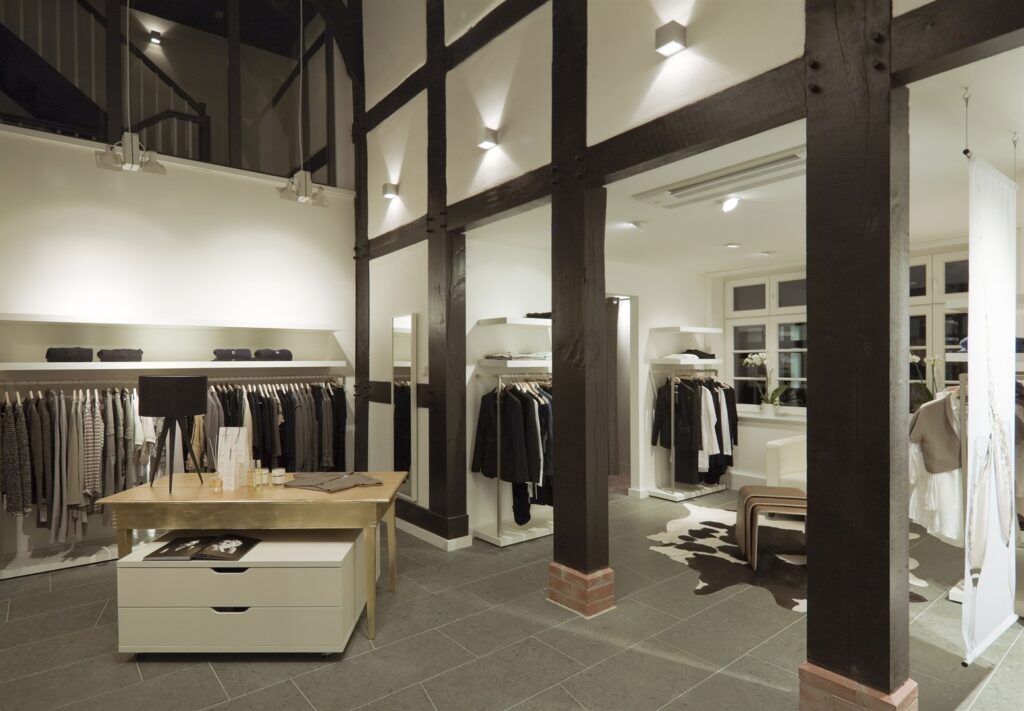
4. Materials: Where Inside Meets Outside
The allure of transitional spaces lies not only in their functional versatility but also in the seamless aesthetic blend of indoor and outdoor elements. This integration is achieved through the careful selection of materials that not only withstand the elements but also create a cohesive design language.
4.1. The Material Connection
Understand the pivotal role of materials in bridging the gap between indoor and outdoor spaces. These materials not only need to withstand varying weather conditions but also harmonize with the interior design theme.
4.2. Natural Stone Elegance
Discover the timeless appeal of natural stone, a material that effortlessly bridges interior and exterior environments. From limestone to slate, explore how these materials can be used for flooring, walls, and even fireplaces to create a sense of continuity.
4.3. Weather-Resistant Woods
Unveil the beauty of weather-resistant woods that seamlessly transition from indoor to outdoor areas. Teak, cedar, and other treated woods bring warmth and durability to transitional spaces, making them ideal for furniture and accents.
4.4. Durable Textiles
Explore the world of textiles that withstand the elements without compromising comfort. From outdoor cushions to weather-resistant drapes, these textiles ensure a cozy and inviting atmosphere in transitional spaces.
4.5. Harmonizing Color Palette
Discuss the importance of a harmonizing color palette in materials. Whether it’s matching outdoor furniture with interior upholstery or selecting outdoor rugs that mirror indoor color schemes, a cohesive palette enhances the seamless transition.
4.6. Indoor Comfort Outdoors
Embrace the concept of bringing indoor comfort to outdoor spaces. Explore how materials like outdoor rugs, throw pillows, and cushions can transform transitional spaces into inviting extensions of the interior.
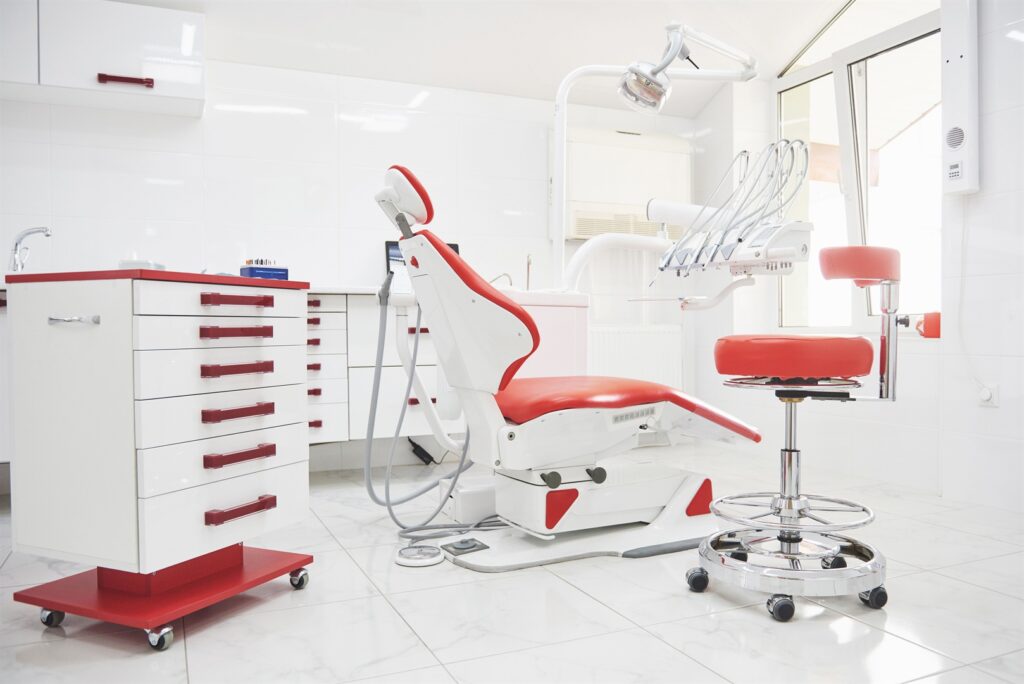
5. Design Continuity: A Visual Flow
Transitional spaces that seamlessly bridge the gap between indoor and outdoor living have gained prominence in contemporary interior design. These spaces create a harmonious connection between the two environments, allowing homeowners to enjoy the best of both worlds.
5.1. The Essence of Design Continuity
Design continuity plays a pivotal role in ensuring that the transition from indoor to outdoor spaces is smooth and visually appealing. It involves maintaining a consistent design language, color palette, and style that unifies both areas, creating a sense of coherence.
5.2. Harmonizing Color Palettes
An essential aspect of design continuity is harmonizing color palettes. Choosing complementary or analogous colors for both indoor and outdoor spaces creates a sense of unity. For instance, coordinating indoor furniture upholstery with outdoor cushions can establish a visual connection.
5.3. Consistent Furniture Styles
Furniture styles that seamlessly transition from indoors to outdoors contribute to design continuity. Opting for similar materials and silhouettes in both areas creates a sense of fluidity. For example, using teak wood furniture indoors and outdoors maintains a cohesive design.
5.4. Thoughtful Decor Choices
Decor choices also play a vital role in maintaining design continuity. Consider using similar decorative elements such as planters, artwork, and textiles in both spaces. This establishes a visual rhythm that guides the eye from indoors to the outdoors.
5.5. Blurring the Boundaries with Glass
The use of expansive glass windows and doors enhances design continuity by visually connecting indoor and outdoor spaces. Sliding or folding glass doors create a seamless transition, allowing natural light to flood interiors and providing uninterrupted views of the outdoors.
5.6. Embracing Natural Materials
Natural materials that are suitable for both indoor and outdoor use contribute to design continuity. Stone, wood, and metal can be used across both spaces, creating a sense of coherence while complementing the natural environment.
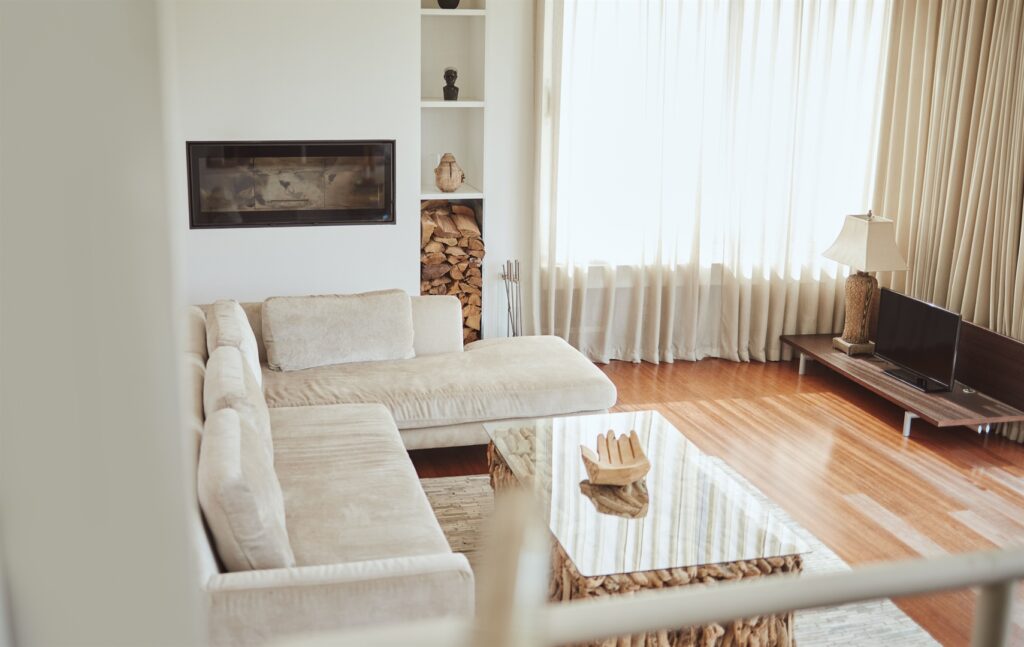
6. Technology in the Mix
As technology continues to evolve, it finds its way into every aspect of our lives, including interior design. In the context of transitional spaces that seamlessly integrate indoor and outdoor living, technology plays a crucial role in enhancing comfort, convenience, and the overall experience.
6.1. The Evolution of Transitional Spaces
Explore how technology has transformed the concept of transitional spaces. The introduction of modern technologies has revolutionized the way we experience and interact with these areas, making them more functional and enjoyable.
6.2. Retractable Screens: A Seamless Barrier
Retractable screens provide an ingenious solution for transitional spaces. These screens allow you to enclose or open up the area effortlessly, controlling airflow and maintaining a barrier against insects while enjoying the outdoors.
6.3. Smart Lighting Solutions
Discuss the impact of smart lighting systems in transitional spaces. These systems offer the flexibility to adjust lighting levels based on the time of day and the desired ambiance, creating a seamless transition from day to night.
6.4. Climate Control Systems
Explore how climate control systems contribute to the comfort of transitional spaces. Heating, cooling, and ventilation systems ensure that these areas remain inviting regardless of weather conditions, extending the usability of outdoor spaces.
6.5. Automated Louvered Roofs
Automated louvered roofs provide an innovative way to control sunlight and ventilation. These roofs can be adjusted to allow sunlight in during cooler months and provide shade during warmer months, enhancing the versatility of transitional spaces.
6.6. Audio and Visual Integration
Discuss the integration of audio and visual technologies in these areas. Outdoor speakers and weather-resistant screens enable homeowners to enjoy entertainment while seamlessly transitioning between indoor and outdoor living.
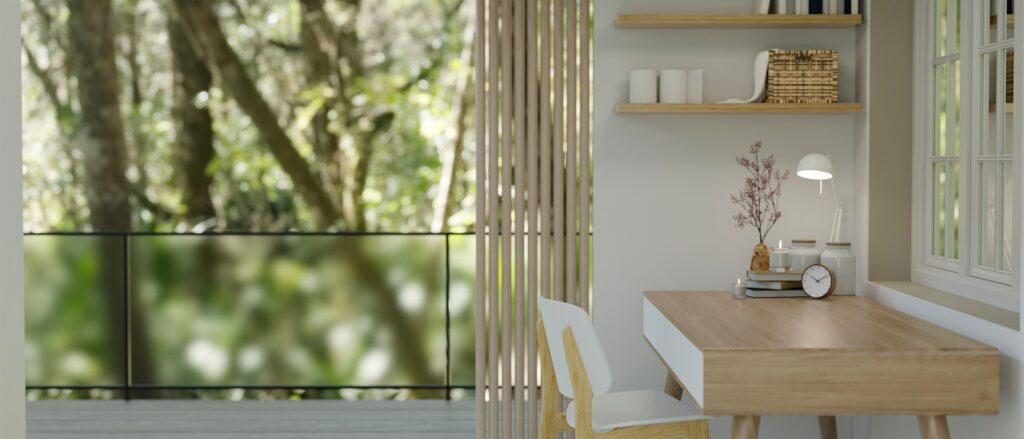
7. Realizing Your Transitional Vision
Creating transitional spaces that seamlessly connect the indoors with the outdoors is a design aspiration for many homeowners. These spaces not only extend the living area but also offer a unique opportunity to harmoniously blend the beauty of nature with the comfort of indoor living.
7.1. Collaborate with Architects and Designers
Embarking on the journey of creating transitional spaces requires expertise. Collaborating with architects and interior designers ensures that the design aligns with your vision while considering structural and aesthetic aspects. Professionals bring valuable insights, helping you make informed decisions for a seamless transition.
7.2. Climate Considerations
The climate plays a crucial role in the design of transitional spaces. In regions with varying weather conditions, it’s important to choose materials that can withstand elements while providing comfort. Incorporating elements like retractable awnings, pergolas, or glass walls allows for adaptability, ensuring year-round usability.
7.3. Fusion of Aesthetics
Achieving a harmonious fusion between indoor and outdoor aesthetics is paramount. Choose design elements, colors, and textures that resonate with both environments. Integrating natural materials like wood and stone not only enhances the connection but also adds warmth and authenticity.
7.4. Flow and Functionality
Consider the flow and functionality of the transitional space. Design pathways that seamlessly guide you from indoors to outdoors. Ensure that the layout accommodates various activities, from lounging and dining to gardening and entertaining.
7.5. Incorporating Greenery
Greenery plays a pivotal role in blurring the boundaries between indoors and outdoors. Introduce potted plants, hanging gardens, or vertical green walls to infuse the space with a refreshing natural vibe, enhancing the overall ambiance.
7.6. Lighting Magic
Strategically placed lighting can transform transitional spaces, creating a magical atmosphere during different times of the day. Incorporate ambient, task, and accent lighting to illuminate pathways, highlight focal points, and create a cozy ambiance for evening gatherings.
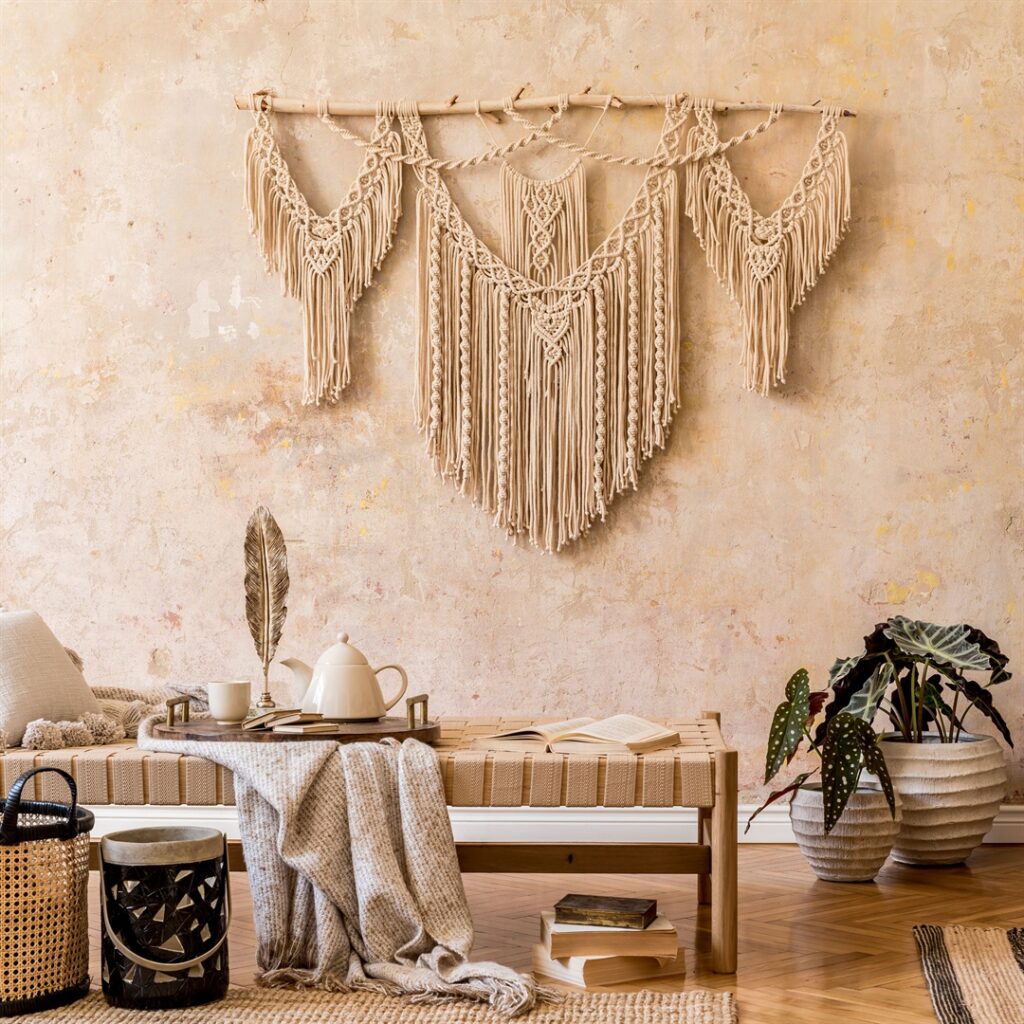
Conclusion
In the ever-evolving landscape of interior design, transitional spaces stand as a testament to the harmonious coexistence of the indoors and outdoors. These spaces have the power to transform our living environments into seamless extensions of nature, offering a unique blend of comfort, aesthetics, and functionality.
By understanding the principles of design continuity and harnessing the capabilities of modern technology, homeowners can truly unlock the potential of transitional spaces.
Recent Articles
-
 Winter's Warm Embrace: Crafting A Cozy Sanctuary With Hygge-Inspired Décor
Winter's Warm Embrace: Crafting A Cozy Sanctuary With Hygge-Inspired Décor -
 The Art Of Elevating Well-Being With Nature-Infused Interior Design
The Art Of Elevating Well-Being With Nature-Infused Interior Design -
 Enigmatic Allure: The Timeless Elegance Of Embracing Dark Colors In Interior Design
Enigmatic Allure: The Timeless Elegance Of Embracing Dark Colors In Interior Design -
 Sustainable Serenity: Crafting Eco-Friendly Sanctuaries With Organic Materials In Interior Design
Sustainable Serenity: Crafting Eco-Friendly Sanctuaries With Organic Materials In Interior Design


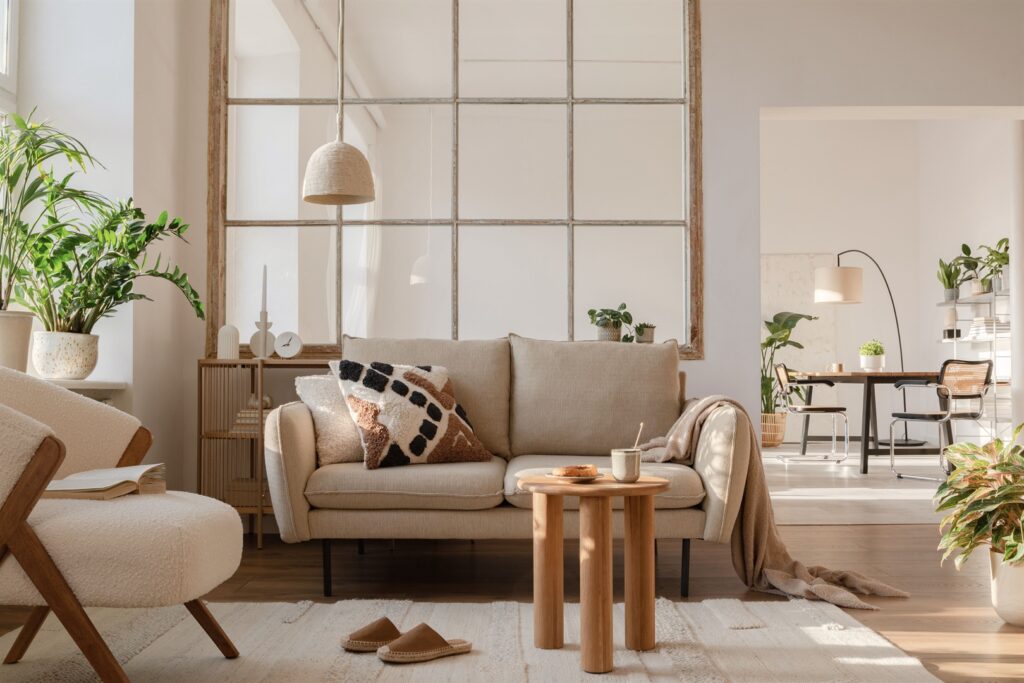
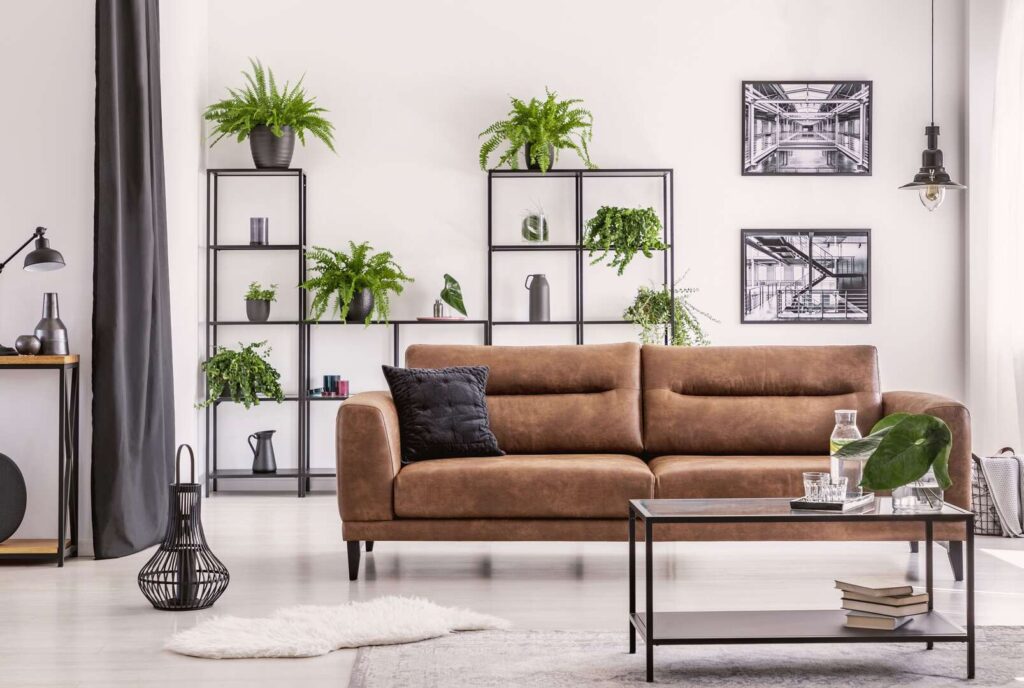
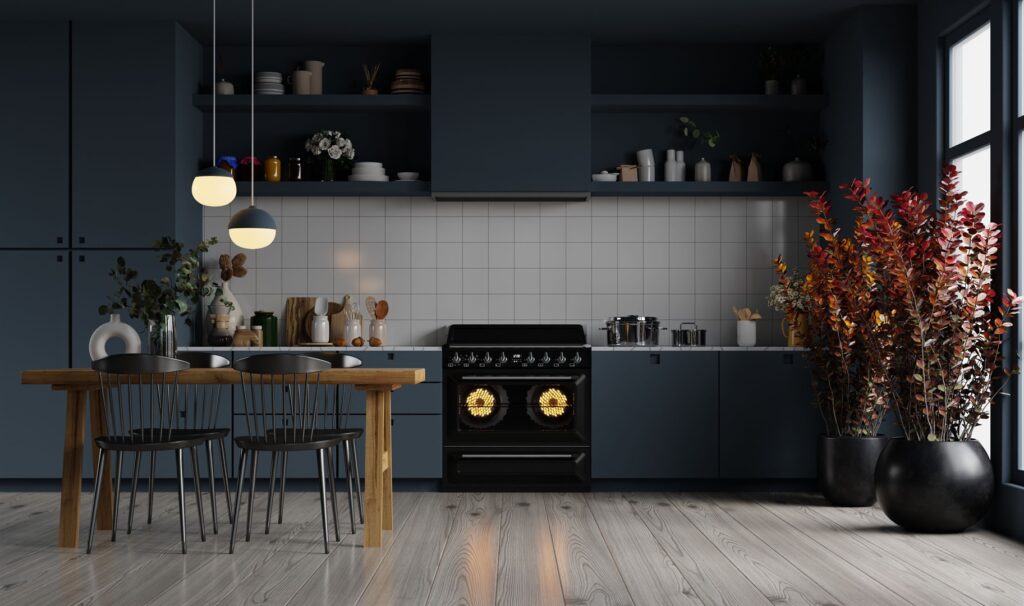
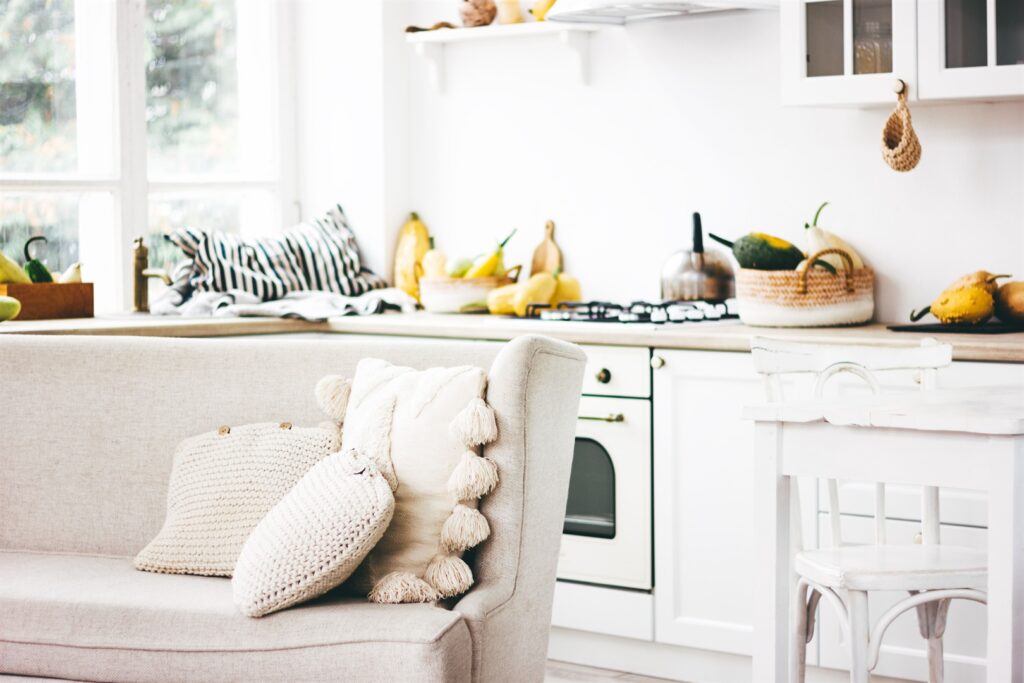
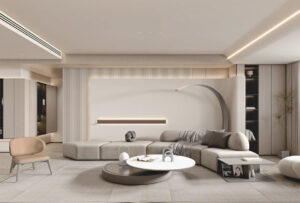
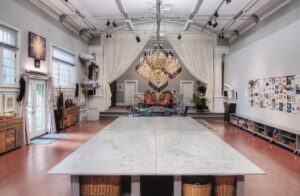


.png)